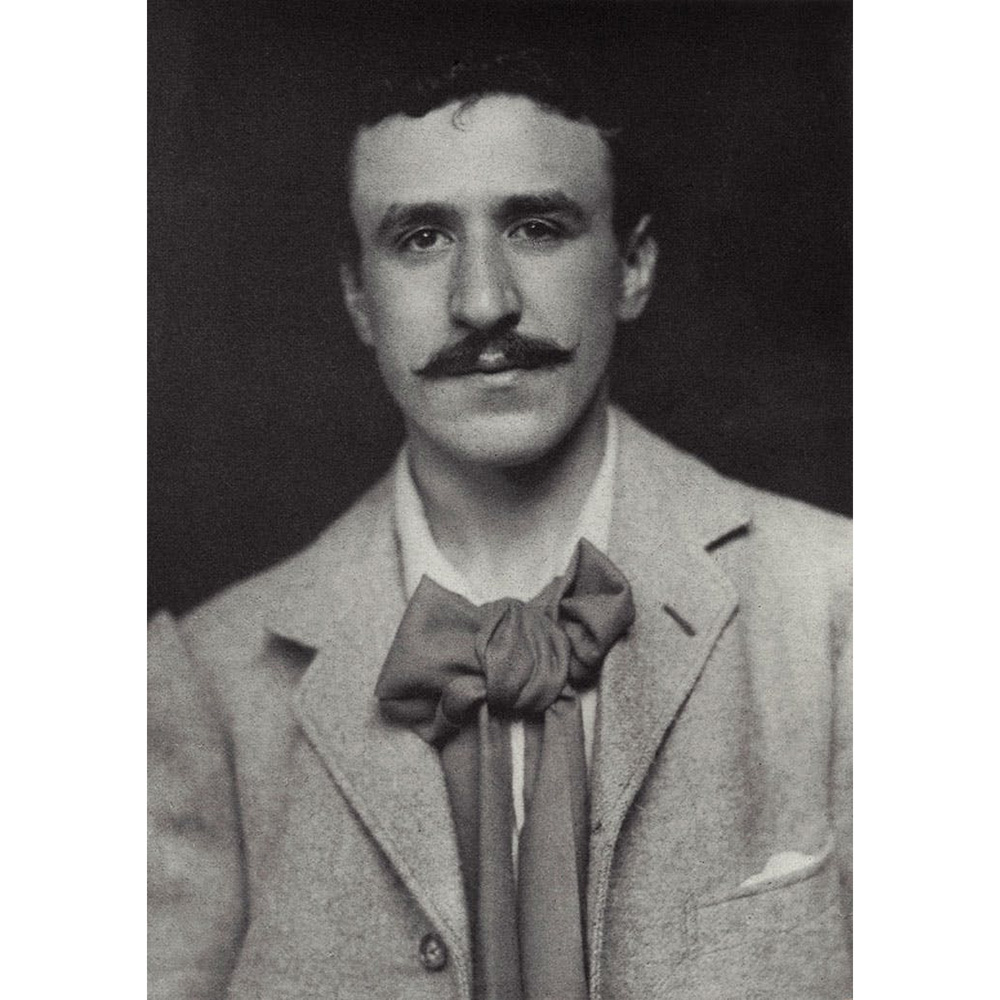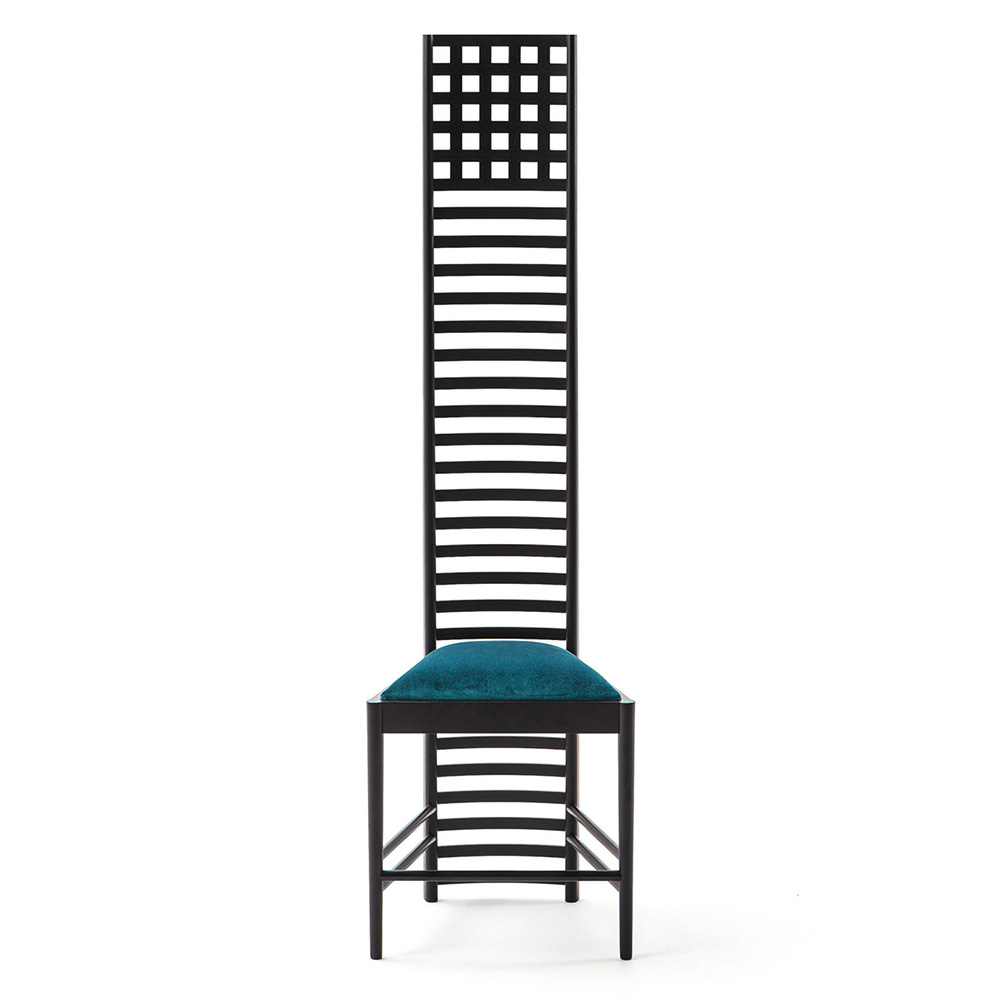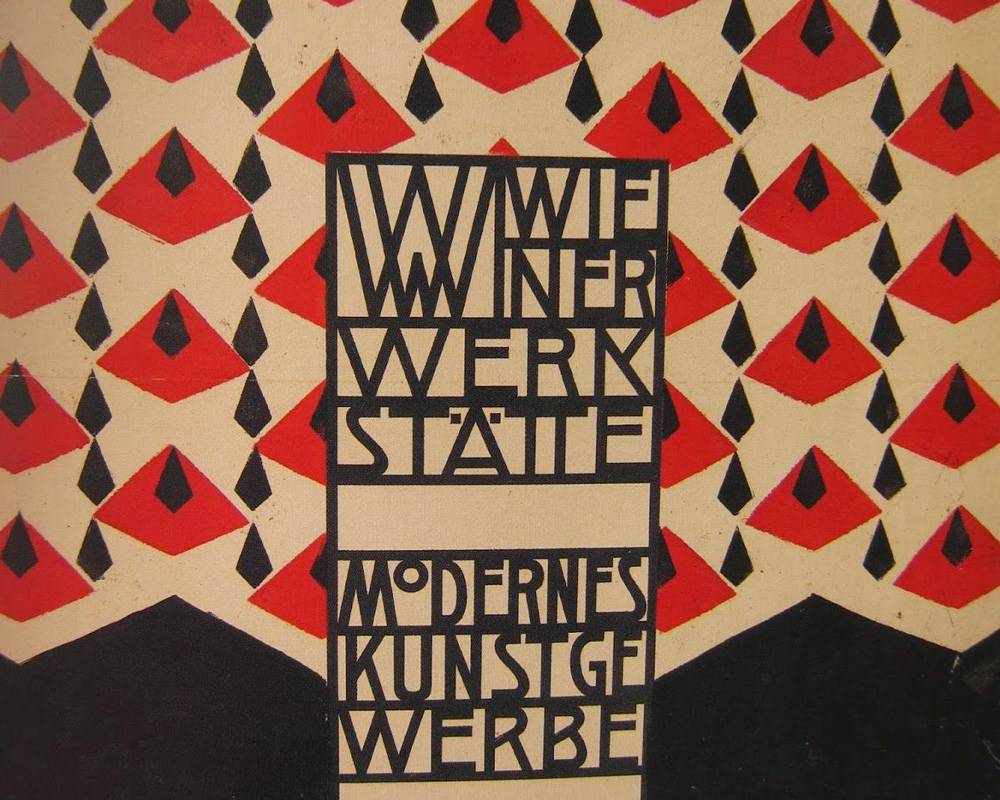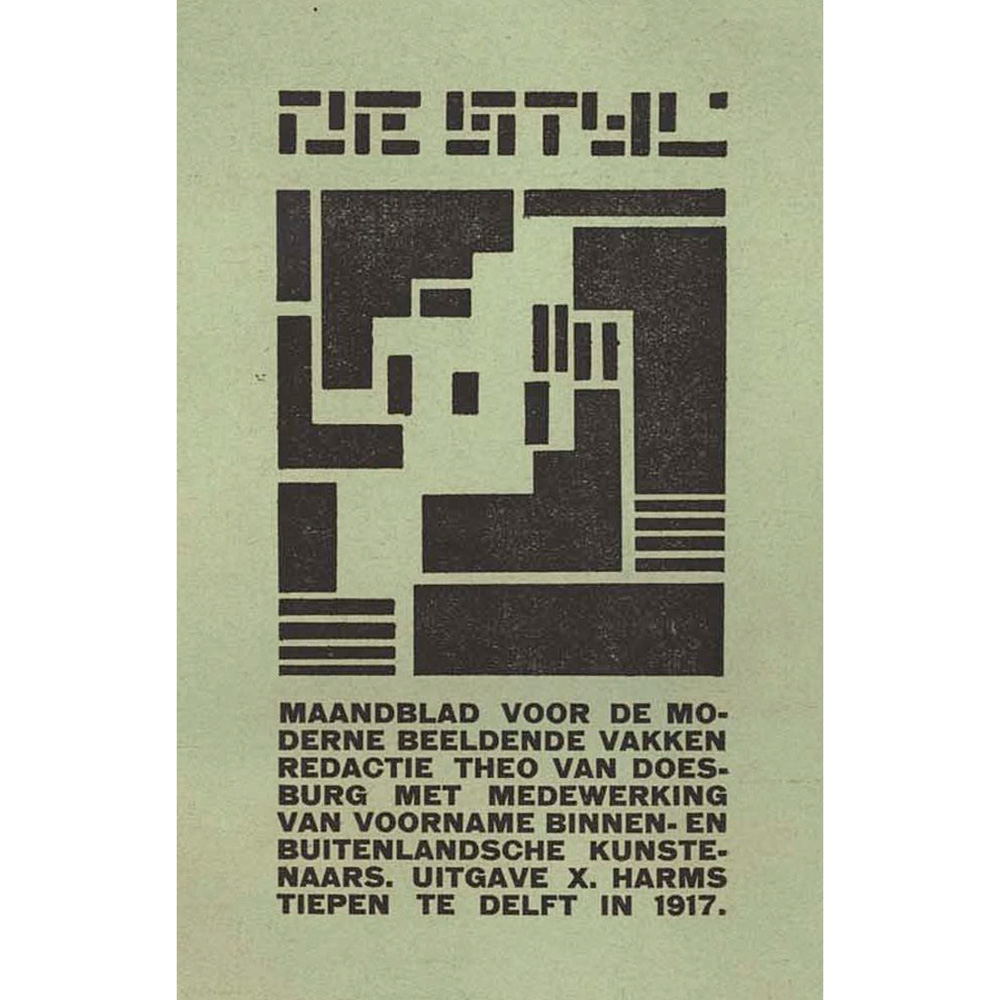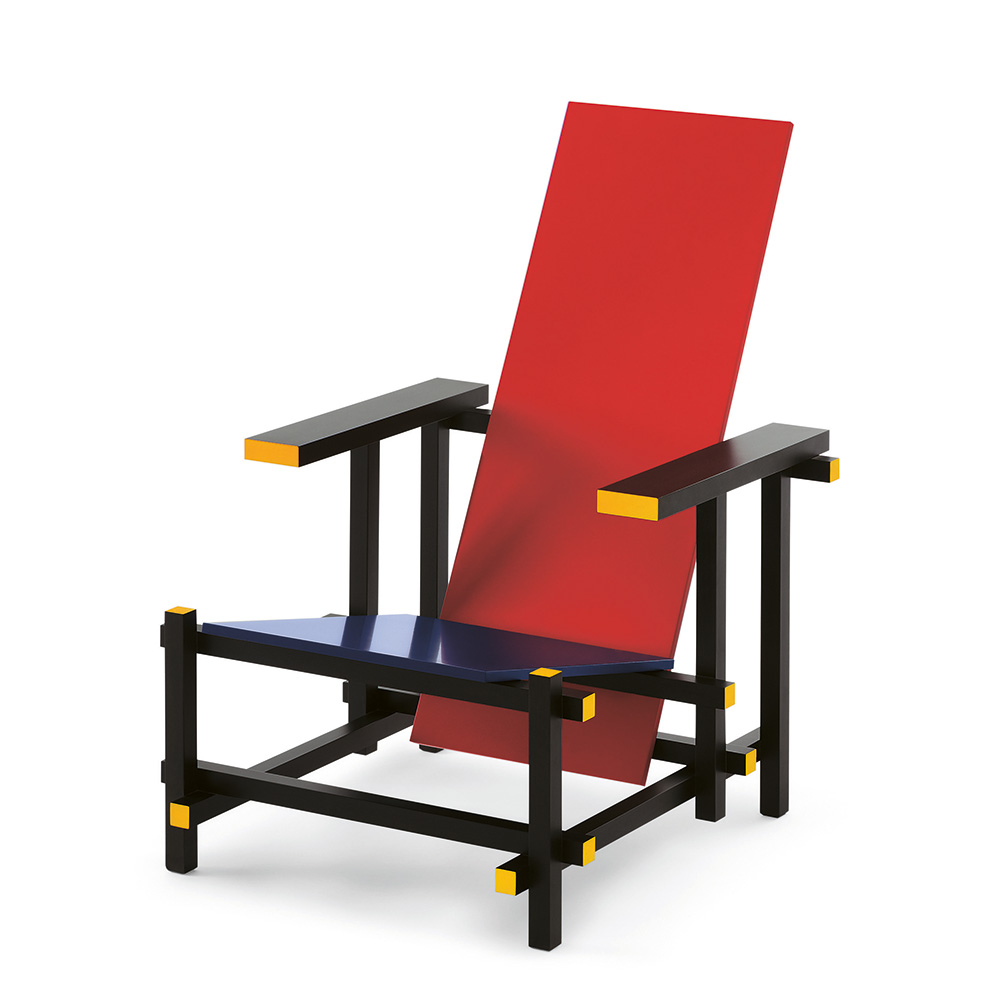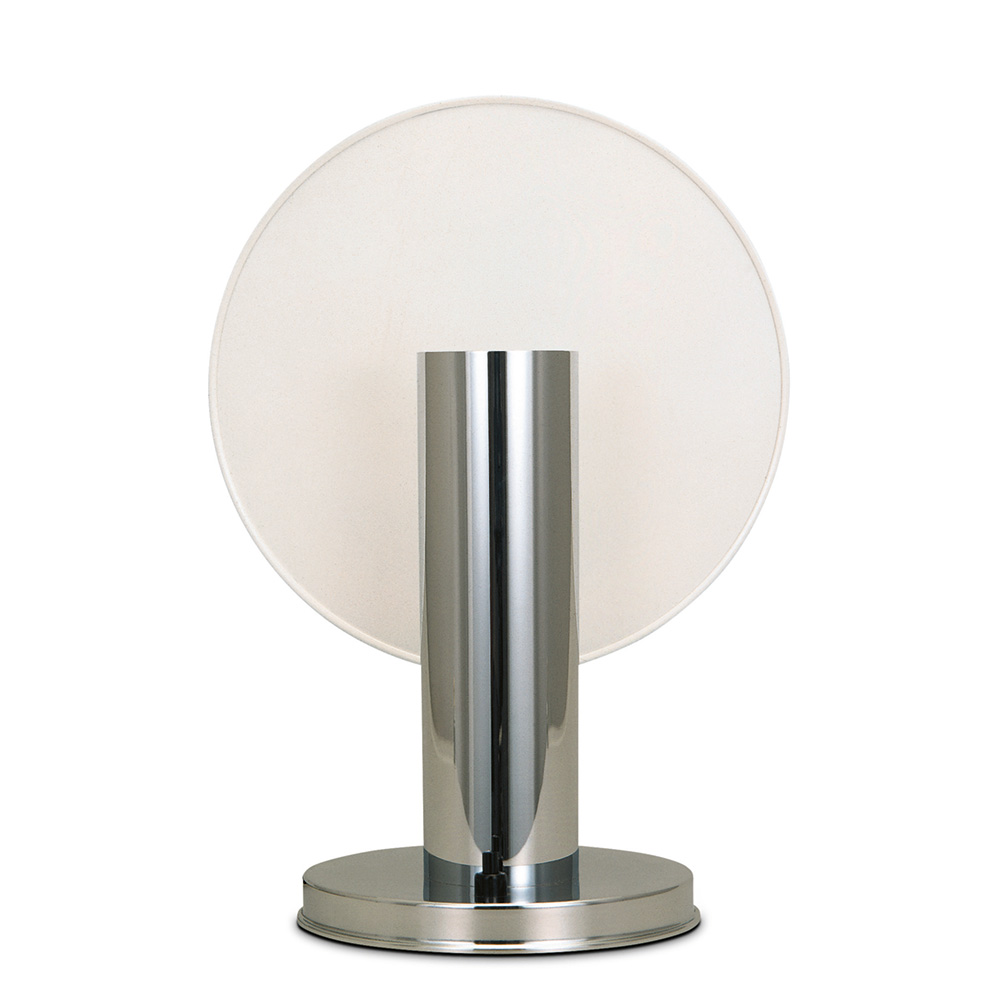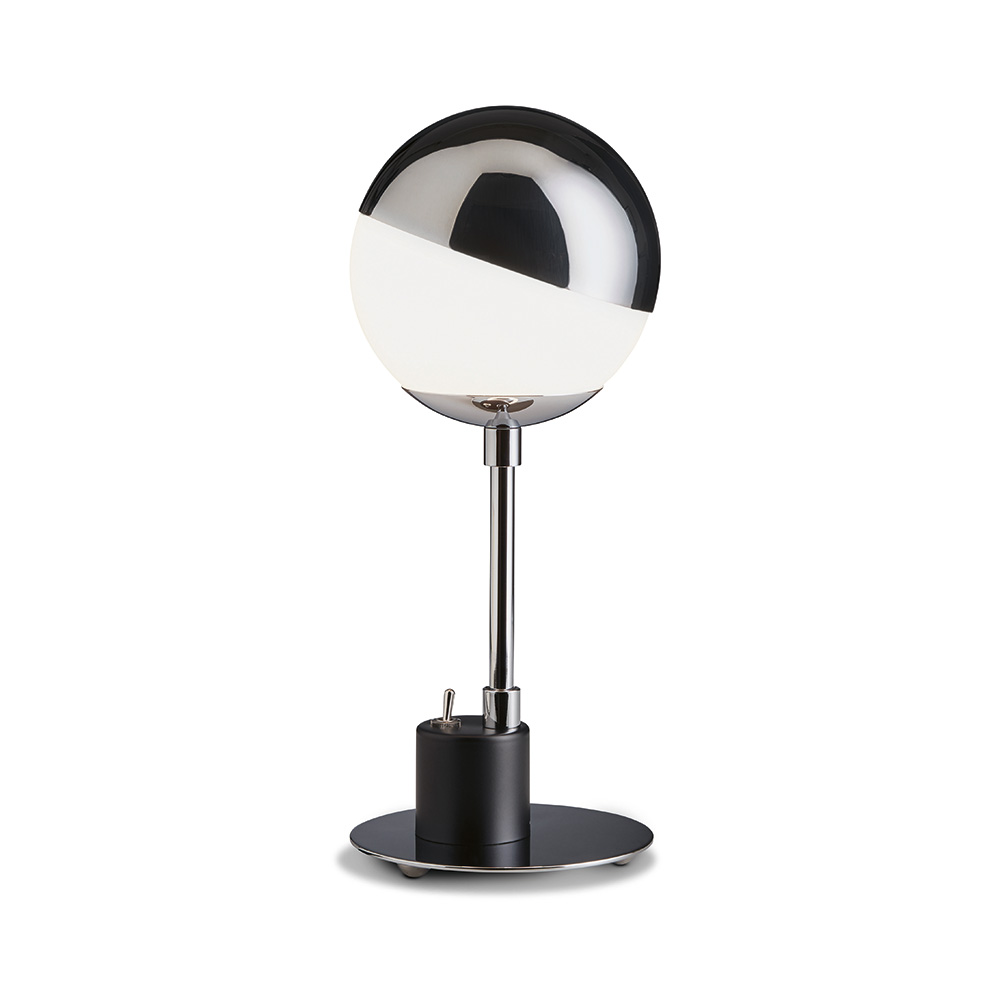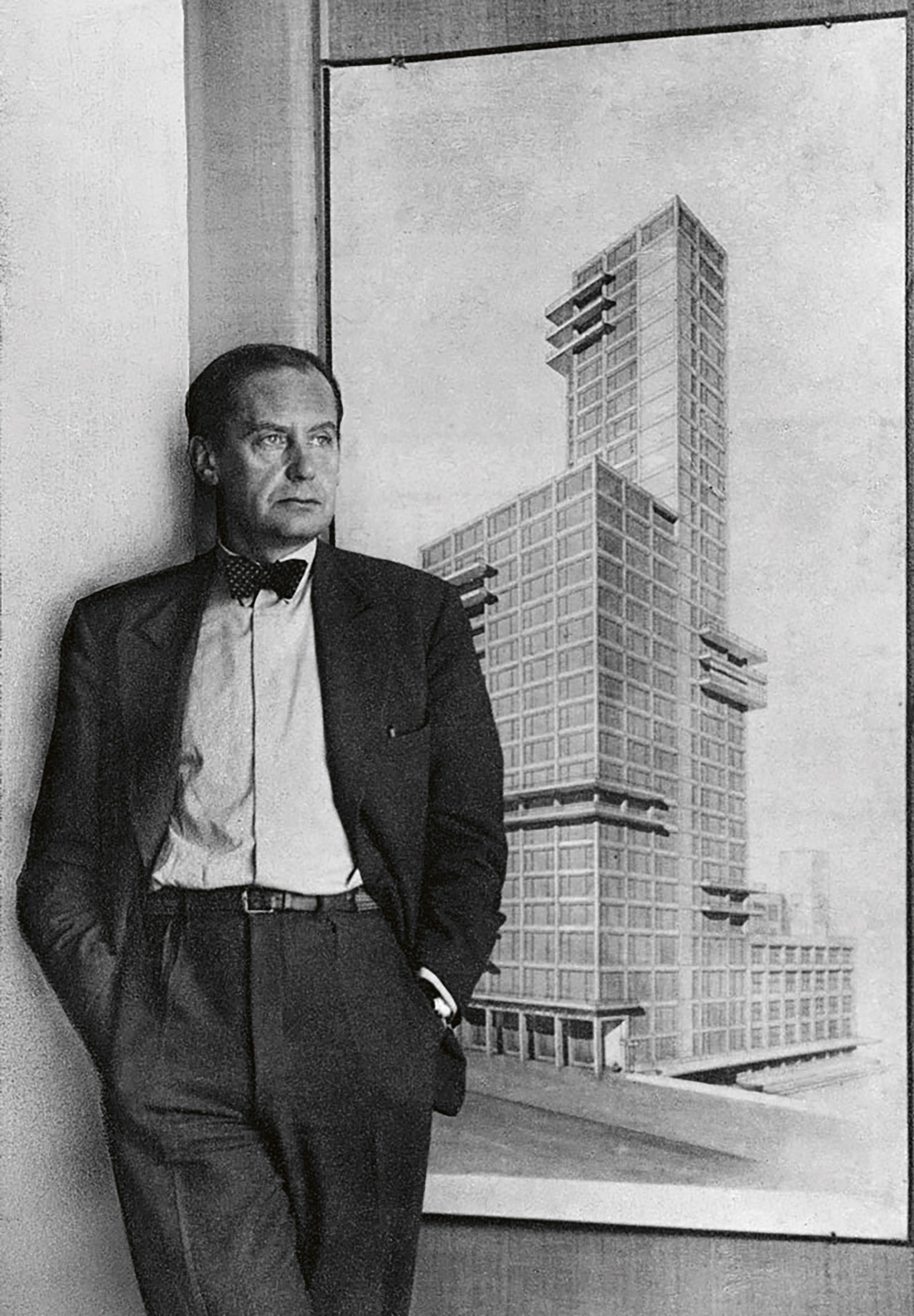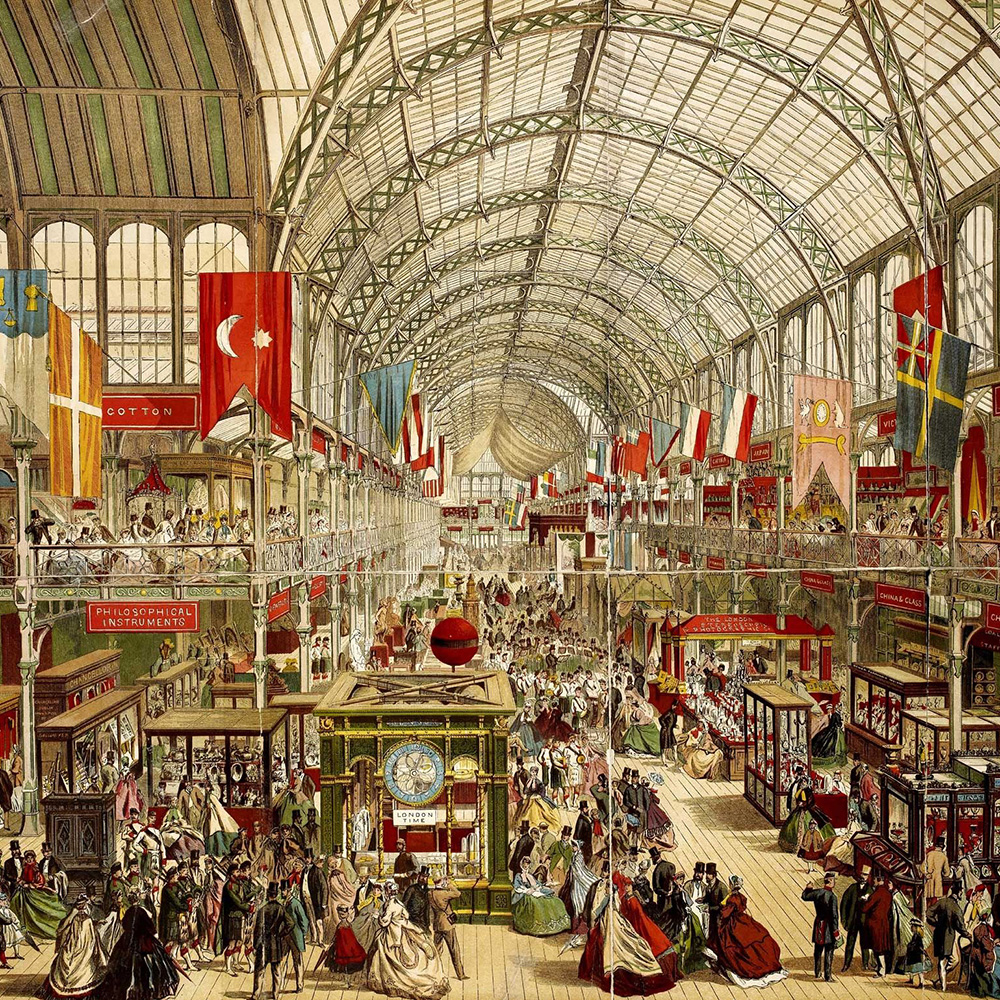
So how did it all begin? The early history of Bauhaus takes us back two centuries. Back to the 1870s, to be precise. In terms of social development, it was a time of epic upheaval. But not everyone thought the industrial revolution was a good thing. While some saw the transformation from agricultural to industrial production as a new era for mankind with inestimable opportunities for society and the economy, others warned of cultural losses and dangers. Art historians such as John Ruskin and Gottfried Semper examined the rapid changes of their time, representing the views of many in defence of innovation and progress or conservative-romantic preservation of value; Karl Marx and Friedrich Engels saw the impoverishment of the proletariat rather than technological and economic progress. Despite being surrounded in controversy, in 1851 the Great Exhibition opened its doors in London. More than 100,000 exhibits were on display.


